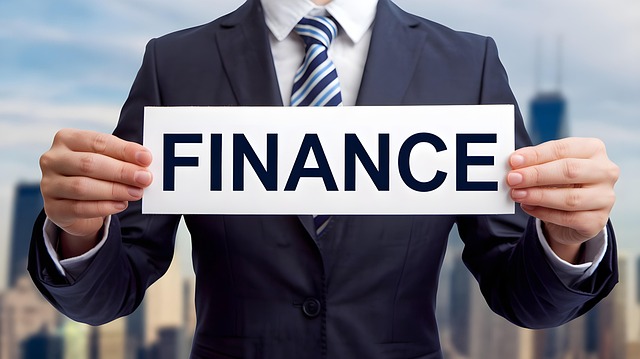Real estate investors prioritize return on investment (ROI) calculated as % of initial capital to gauge property profitability. Strategies include buying undervalued properties, timing market trends, and optimizing rental/sale value while effectively managing mortgage, maintenance, taxes, and other significant costs to preserve property value and maximize ROI in a competitive market. Balancing yield and cost management is key for sustainable profitability.
In the dynamic realm of real estate, understanding the delicate balance between returns and outlays is paramount for investors. This article navigates this crucial aspect, offering insights into key components that shape investment success. From appreciating the value of returns to dissecting various outlays, we guide folks through the labyrinthine process of maximizing gains amidst mounting expenses. By exploring these facets, you’ll gain a strategic edge in the world of real estate investments.
Understanding Returns in Real Estate Investments

In real estate investments, understanding returns is paramount. Returns refer to the profit or gain realized from an investment, calculated as a percentage of the initial capital outlay. This metric is crucial for gauging the profitability and potential of a property over time. For instance, if you purchase a rental unit for $200,000 and it generates annual rent of $30,000, your return on investment (ROI) would be 15%, assuming no other expenses.
Real estate investors often focus on maximizing returns through various strategies. These include purchasing undervalued properties, leveraging efficient market timing, or implementing property improvements to increase rental income or sale value. By meticulously managing outlays—such as mortgage payments, maintenance, and taxes—investors can ensure that their real estate ventures remain profitable and contribute significantly to their financial goals within the dynamic real estate landscape.
Outlays: Costs to Consider for Property Owners

Property owners in the real estate market must meticulously track their outlays, as these costs can significantly impact overall profitability. Beyond mortgage payments and property taxes, there are several other expenses to consider when evaluating a real estate investment. Maintenance and repair costs, for instance, can vary widely depending on the age and condition of the property. Regular upkeep is essential to prevent minor issues from turning into major, costly repairs.
Additionally, property owners should factor in utility bills, insurance premiums, and any associated fees related to community associations or homeowners’ associations. These outlays are integral to managing a property effectively and ensuring it remains a valuable asset in the competitive real estate market. Understanding and budgeting for these costs can help property owners maximize returns on their investments.
Balancing Act: Maximizing Returns Amidst Expenses

In the realm of real estate, balancing returns and outlays is a delicate art. Investors must continually weigh the potential for high yields against the pressing need to manage expenses effectively. Every decision, from property acquisition to maintenance and tenant selection, impacts this intricate equation. A strategic approach involves meticulous cost analysis, identifying areas for optimization, and leveraging efficient management practices.
Maximizing returns demands a keen eye for identifying lucrative investment opportunities while keeping an iron grip on outlays. This balancing act requires constant vigilance, adaptability, and a deep understanding of market dynamics. By staying attuned to trends, negotiating favorable terms, and implementing cost-saving measures, real estate investors can navigate this labyrinthine path successfully, ultimately achieving sustainable and profitable outcomes.






